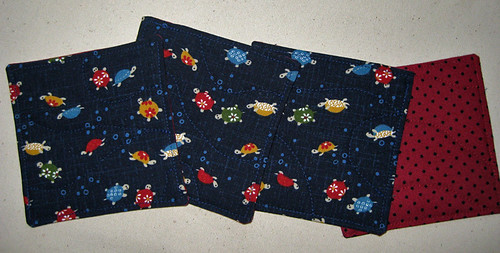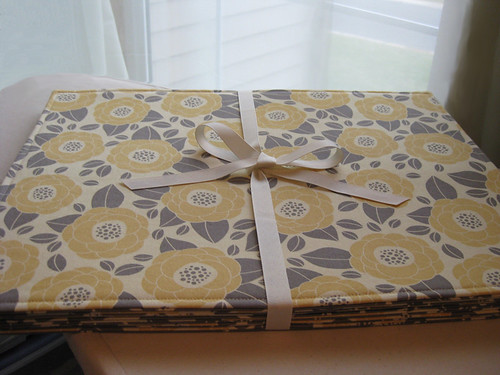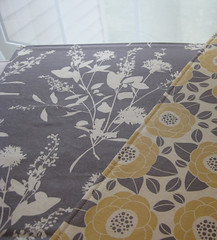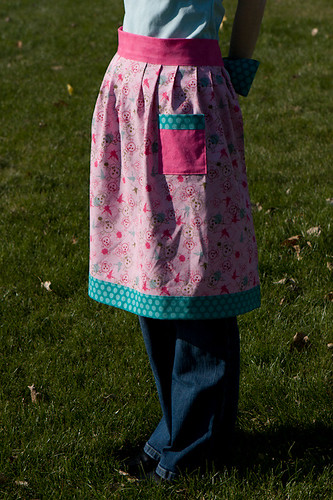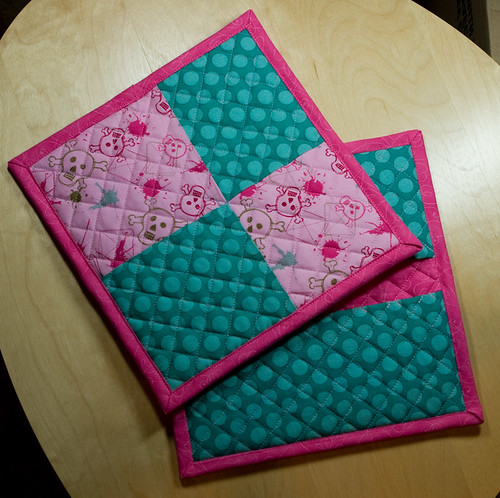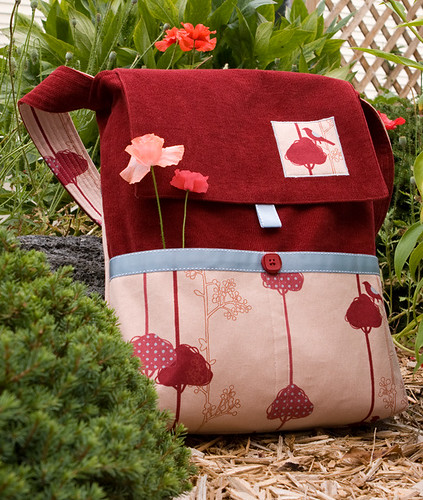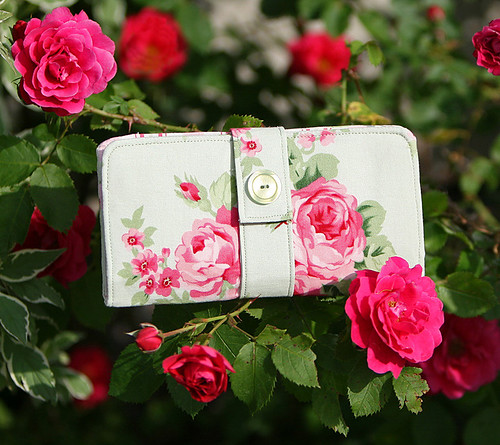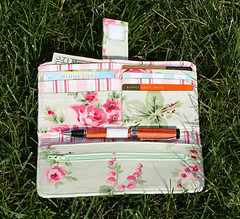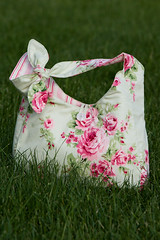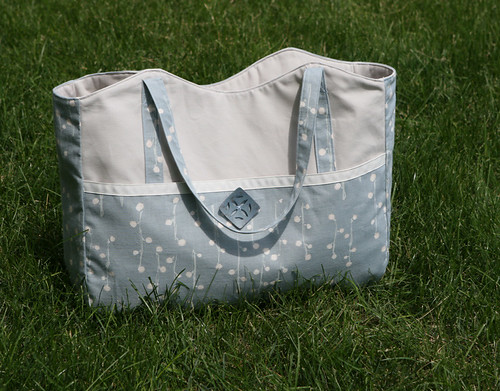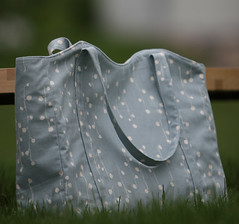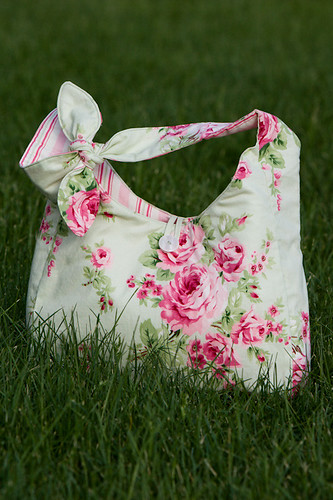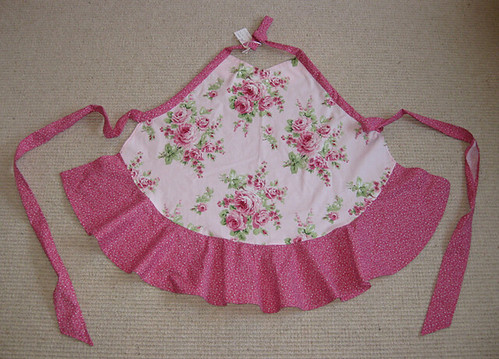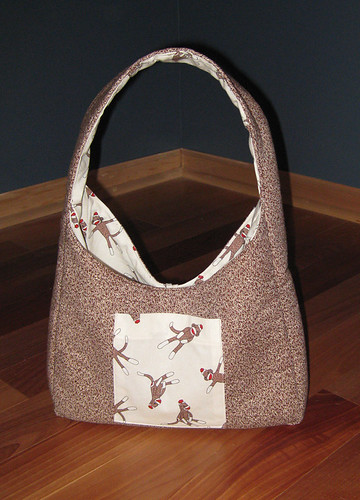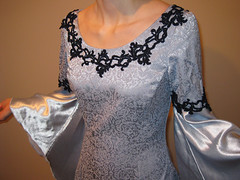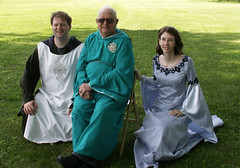I thought I'd write about some of the sewing tools that I really love. To first understand why I love it so much, you should know about the old tippy ironing board I had from target for many years. The grooves where the legs slide through to put the legs up or down had a channel on the opposite side. To be more clear, as steam condensed under the ironing pad, it would drip into this channel and cause a pile of rust. Since I always stick pins into the ironing board when doing things like ironing bias tape or pocket flaps, I just knew they were getting stuck through the pad to rust city. I don't know about you, but I'm not a fan of tetanus, and I hear seamstresses do get it. Some of us stab ourselves a lot during sewing projects....and it's not just a surface scratch!
Finally, I'd had enough. I decided to look for the biggest and best ironing board I could find...on amazon.com so I could get free shipping. I settled on the Rowenta professional ironing board. This means my ironing board is wider (a lovely 18.5" wide!) than the average one you buy at Target or similar store. SO AWESOME. So much more ironing and project surface. I can never go back EVER!!! It's 53" long not counting the iron rest on the end.
What else I love about it:
- It has a cord holder that keeps my iron cord out of my way while I iron.
- It has the metal hot iron holder with ?silicone? heat resistant thingies on it.
- The iron holder has a little bar you can put hangers on....or hang your bias strips or press cloth...or whatever you want!
- It has a treated metal surface that is supposed to resist rust.
- The top of the leg tracks are flat so no more water and rust collector! I checked under the pad first thing to see if this was designed better than my old board.
- It's has a "laundry rack" underneath that I pile full of fabric.... =/
- It has heavy duty legs so it's not tippy!!! Amazon.com says it weighs 24.2 pounds if that gives you an idea.
- It has a nice thick ironing cover/pad. It does shrink a little in the dryer though, so beware!



